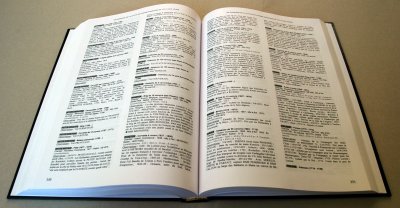 |
The
dictionary of french naval fighting ships |
English |
General remarks
|
For the oldest ships, the old written style being able to involve confusions, priority was given in this text to the modern written style, by also specifying the old name such as it appears in the original sources. Find opposite a nonexhaustive table of conversion.
Only the ships which where crewed by sailors of the French State are listed. The listed ships include those of the navy (national, royal, imperial...) and the majority those of the other armed forces (Gendarmerie, Army, maritime Customs, "Affaires Maritimes"...), as well as numerous requisitioned merchant ship's, mainly during the two last world wars.
The purpose of this work is not to list in their entirety the names of the commanders of the buildings and heads of squadrons.
Some names (approximately 12 000) appear episodically, those being mainly related to the outstanding events of the life of the ships (first armament, particular actions). The name of the commander can be also used to identify a ship when there is risk of confusion
- corsairs ;
- ships of the Company of the Indies, except the mixed armaments, and the ships which were built-in in the French Navy with the dissolution of the Company in 1770 ;
- ships of the "Flotilla of Boulogne", which by its importance and its complexity deserves particular attention (some elements such as " prames " were retained) ;
- " prizes " are not included ;
- chartered ships, except for the ships chartered during the First World War;
- Merchant ships under French flag, including those armed under AMBC during the two world wars;
- Merchant French ships of the "Fleet of Freedom" (FNFL) chartered by Ministry of War Transport ;
- ships in project, but whose construction never started ;
- not easily identifiable boats, without name or symbol of hull (dromes, high-speed motorboats of port...) ;
- boats without propulsion (floating barges, cisterns...).

|
- 13 328 ships for a total of 15 058 names under French flag ;
- 684 shipyards and places of constructions of ships of the French Navy.
The reader will be also pleased to find that the text does not labour unduly on the developments of the most famous French ships of the history, but the same level of details is accorded to all entries. It is true that it was tempting to detail the history of the most prestigious ships, but that would have been to the detriment of the others less famous. However the goal was not to rewrite what was already published, but well within the framework of a broader vision, to attempt to describe all the ships. In the same way, in addition to the technical characteristics, many more historical aspects are detailed.
Despite the attention to detail during the drafting of this work, if the reader discovers minor inaccuracies among the 450 000 entries, I count on the indulgence of all those which know the difficulties of research.
It will not be provided in any other format (computer file), except for the "letters A" of volume 1 and volume 2 which are available online.